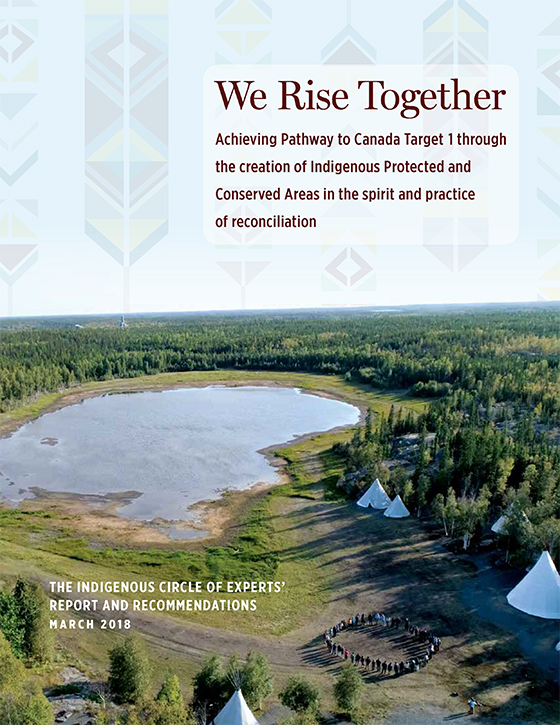About IPCAs
IPCAs (Indigenous Protected and Conserved Areas) are lands and waters where Indigenous governments have the primary role in protecting and conserving ecosystems through Indigenous laws, governance and knowledge systems. Culture and language are the heart and soul of the IPCA.
IPCAs share three essential elements:
1. They are Indigenous-led.
Indigenous governments have the primary role in determining the objectives, boundaries, management plans and governance structures for IPCAs as part of their exercise of self-determination.
2. They represent a long-term commitment to conservation.
Indigenous Peoples take a multi-generational view of stewarding their territories. Therefore, an IPCA represents a longterm commitment to conserve lands and waters for future generations.
3. They elevate indigenous rights and responsibilities.
Indigenous Peoples have long-standing physical and spiritual relationships with the lands and waters within their respective territories, and with the natural cycles that determine their use. These relationships have always included the right to benefit from the bounty of the natural world and the reciprocal responsibility to care for and respect the land and water, consistent with natural and Indigenous law, for future generations.
Although IPCAs across Canada will vary in terms of their governance and management objectives / strategies, they generally will include the above three essential elements.
In a Canadian context, IPCAs represent:
- a modern application of traditional values, Indigenous laws and Indigenous knowledge systems.
- an exercise in cultural continuity on the land and waters.
- a foundation for local Indigenous economies.
- opportunities to reconnect to the land and heal both the land and Indigenous Peoples.
- an acknowledgement of international law, such as Canada’s Treaties, UNDRIP (United Nations Declaration on the Rights of Indigenous Peoples), CBD (Convention on Biological Diversity), and other relevant instruments and commitments.
- an opportunity for true reconciliation to take place between Indigenous and settler societies, and between broader Canadian society and the land and waters, including relationships in pre-existing parks and protected areas.
- an innovative expression of Section 35 (Constitution Act 1982).
For more information on IPCAs, please review the report ‘We Rise Together’ from the Indigenous Circle of Experts (ICE, March 2018).
